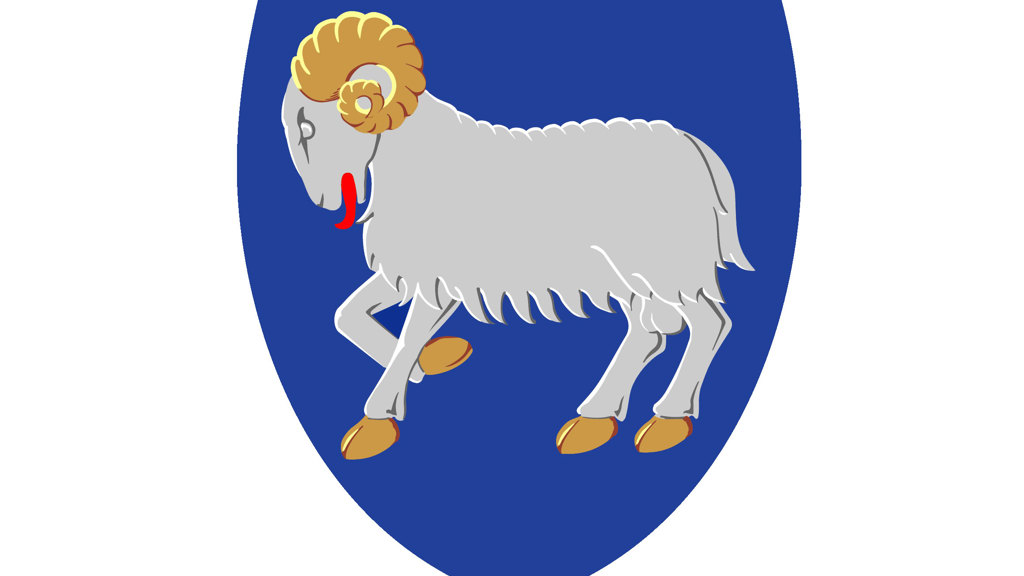
An annual catch limit of 500 white-sided dolphins has now been proposed by the Ministry of Fisheries on a provisional basis for 2022 and 2023. This measure is based on recommendations from the evaluation of dolphin catches in the Faroe Islands carried out by the Government in response to the unusually large catch of 1423 white-sided dolphins which took place in the bay of Skálafjørður on 14 September last year. The proposal was put forward for public comment on 8 July and is expected to be implemented as an executive order by 25 July.
It has been acknowledged that aspects of that catch were not satisfactory, in particular the unusually large number of dolphins killed. This made procedures difficult to manage and is unlikely to be a sustainable level of catch on a long-term annual basis.
At the same time, the Government of the Faroe Islands continues to base its policies and management measures on the right and responsibility of the Faroese people to utilise the resources of the sea sustainably. This also includes marine mammals, such as pilot whales and dolphins. The Faroe Islands are fully committed to the UN Sustainable Development Goals, including SDG 14 – to conserve and sustainably use the oceans, seas and marine resources for sustainable development.
Catches of small whales are an important supplement to the livelihoods of Faroe Islanders, who have for centuries relied on the sustainable use of marine resources for their economy and local food security. The meat and blubber from each whale drive provide valuable food with a low carbon footprint, which is distributed for free in the different communities where the catches take place.
The utilisation of both pilot whales and white-sided dolphins in the Faroe Islands is sustainable. The latest scientific estimate for white-sided dolphins puts the stock at around 80,000 in the seas around the Faroe Islands. Based on this, an annual catch of around 825 white-sided dolphins would be well within sustainable limits. Since the turn of this century, the annual catch in the Faroe Islands has been 260 on average. Nevertheless, the Faroe Islands have requested the Scientific Committee of NAMMCO, the North Atlantic Marine Mammal Commission, to provide updated and comprehensive advice on sustainable catches of white-sided dolphins. This advice is expected to be available at the latest by 2024, after which the Government will review the provisional annual limit of 500.
The Government of the Faroe Islands underlines the need to ensure that Faroese whaling is sustainable, based on the best available scientific advice. The Faroe Islands have been a member country of NAMMCO, the North Atlantic Marine Mammal Commission, since it was founded in 1992. NAMMCO provides member countries with advice and recommendations on the conservation, management and sustainable use of marine mammals in the North Atlantic.
The Government will also be working to ensure that the conditions and methods for driving and killing white-sided dolphins allow for procedures to be carried out as quickly and efficiently as possible. The NAMMCO Committee on Hunting Methods has recommended the development of equipment that is better suited to white-sided dolphins, such as with the spinal lance developed for use in pilot whale drives, which has reduced times to death significantly. Experience shows that the spinal lance used in pilot whale drives is ill-suited for use with white-sided dolphins, which are much smaller animals. A prototype spinal lance for use with white-sided dolphins has been made and will be tested. Consideration will also be given to whether a special knife should be developed that can also improve killing methods.
- Further information on whaling in the Faroe Islands: whaling.fo.
- See also: North Atlantic Marine Mammal Commission (NAMMCO)
